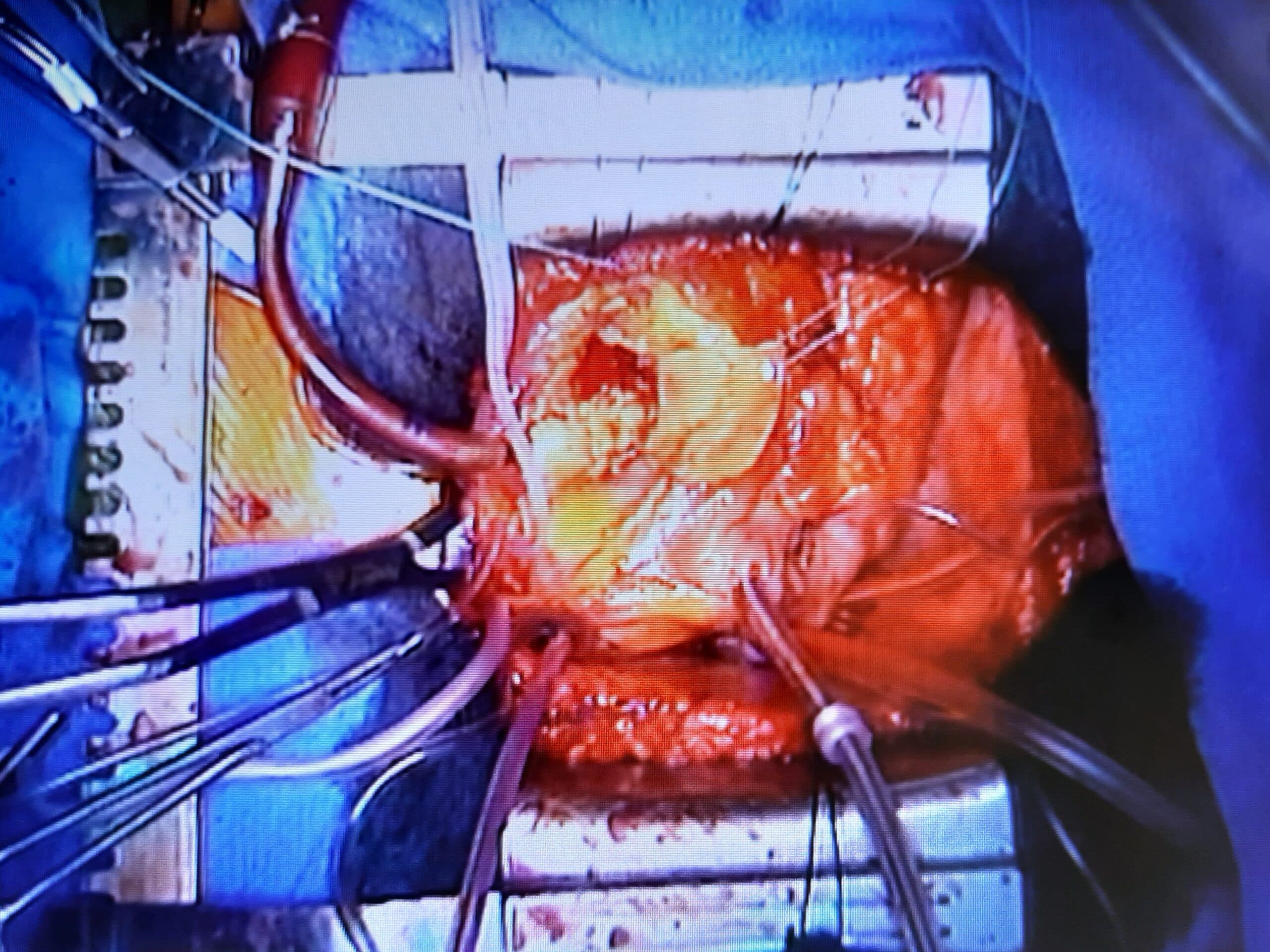Effect Of Aortic Cannulation Depth on Air Emboli Transport during Cardiopulmonary Bypass: A Computational Study.

Ho R, McDonald C, Pauls JP, Li Z.
Perfusion. 2022 May 21. Online ahead of print
Introduction
Varying the insertion depth of the aortic cannula during cardiopulmonary bypass (CPB) has been investigated as a strategy to mitigate cerebral emboli, yet its effectiveness associated with CPB flow is not fully understood. We compared different arterial cannula insertion depths and pump flow influencing air microemboli entering the aortic arch branch arteries (AABA).
Methods
A computational approach used a patient-specific aorta model to evaluate four cannula locations at (1) proximal arch, (2) mid arch, (3) distal arch, and (4) descending aorta. We injected 0.1 mm microemboli (N=720) at 2 and 5 L/min and assessed the embolic load and the particle averaged transit times ( entering the AABA.
Results
Location 4 had the lowest embolic load (2 L/min: N= 63) and (5 L/min: N= 54) compared to locations 1 to 3 in the range of (N= 118 to 116 at 2 L/min:) and (N= 92 to 146 at 5 L/min). There was no significant difference between 2 L/min and 5 L/min (p = 0.31), despite 5 L/min attaining a lower mean (±standard deviation) than 2 L/min (38.0±23.4 vs 44.5±21.1), respectively. Progressing from location 1 to 4, increased 3.11s -7.40 s at 2 L/min and 1.81s -4.18s at 5 L/min.
Conclusion
It was demonstrated that the elongated cannula insertion length resulted in lower embolic loads, particularly at a higher flow rate. The numerical results suggest that CPB management could combine active flow variation with improving cannula performance and provide a foundation for a future experimental and clinical investigation to reduce surgical cerebral air microemboli.
